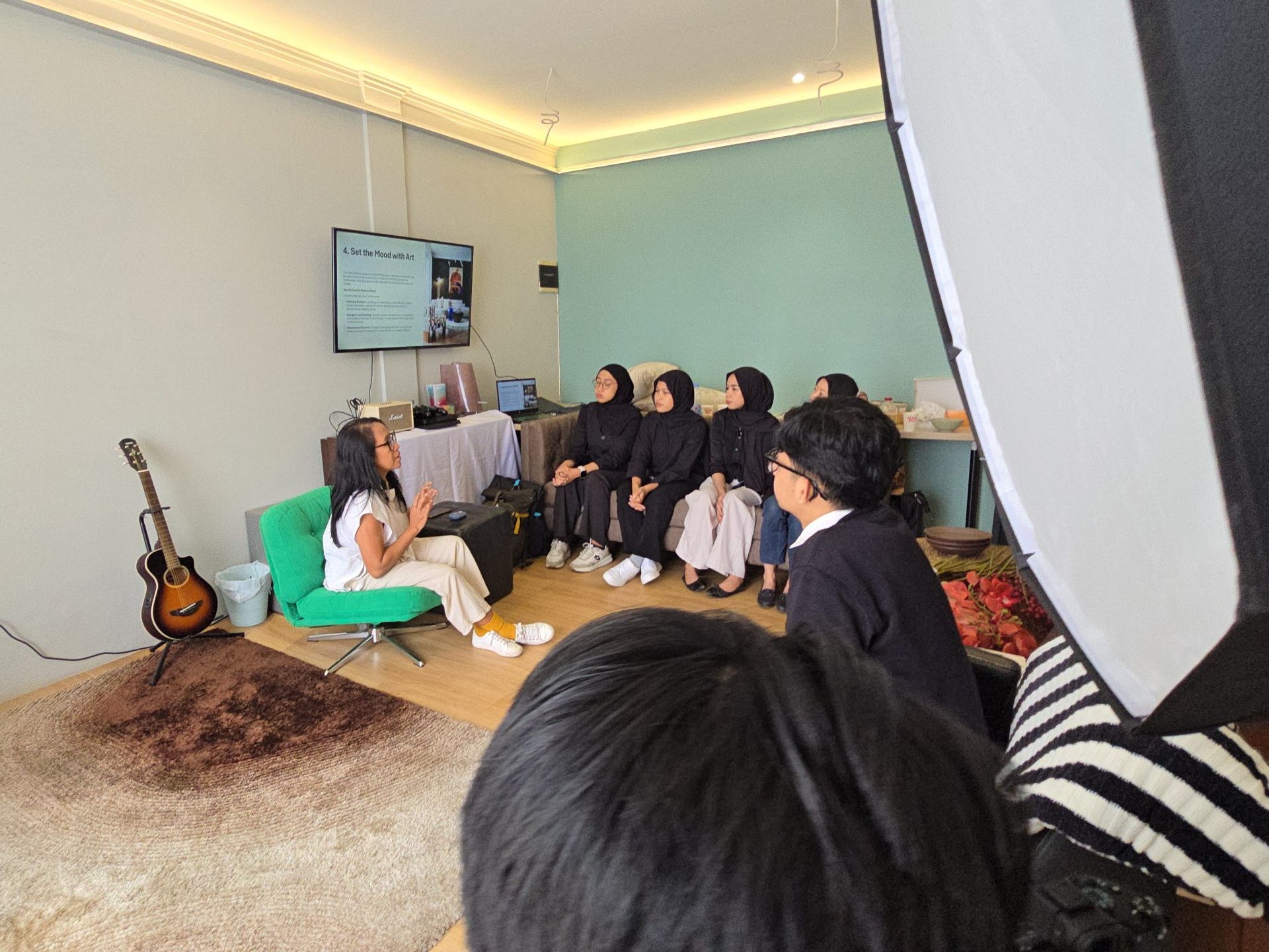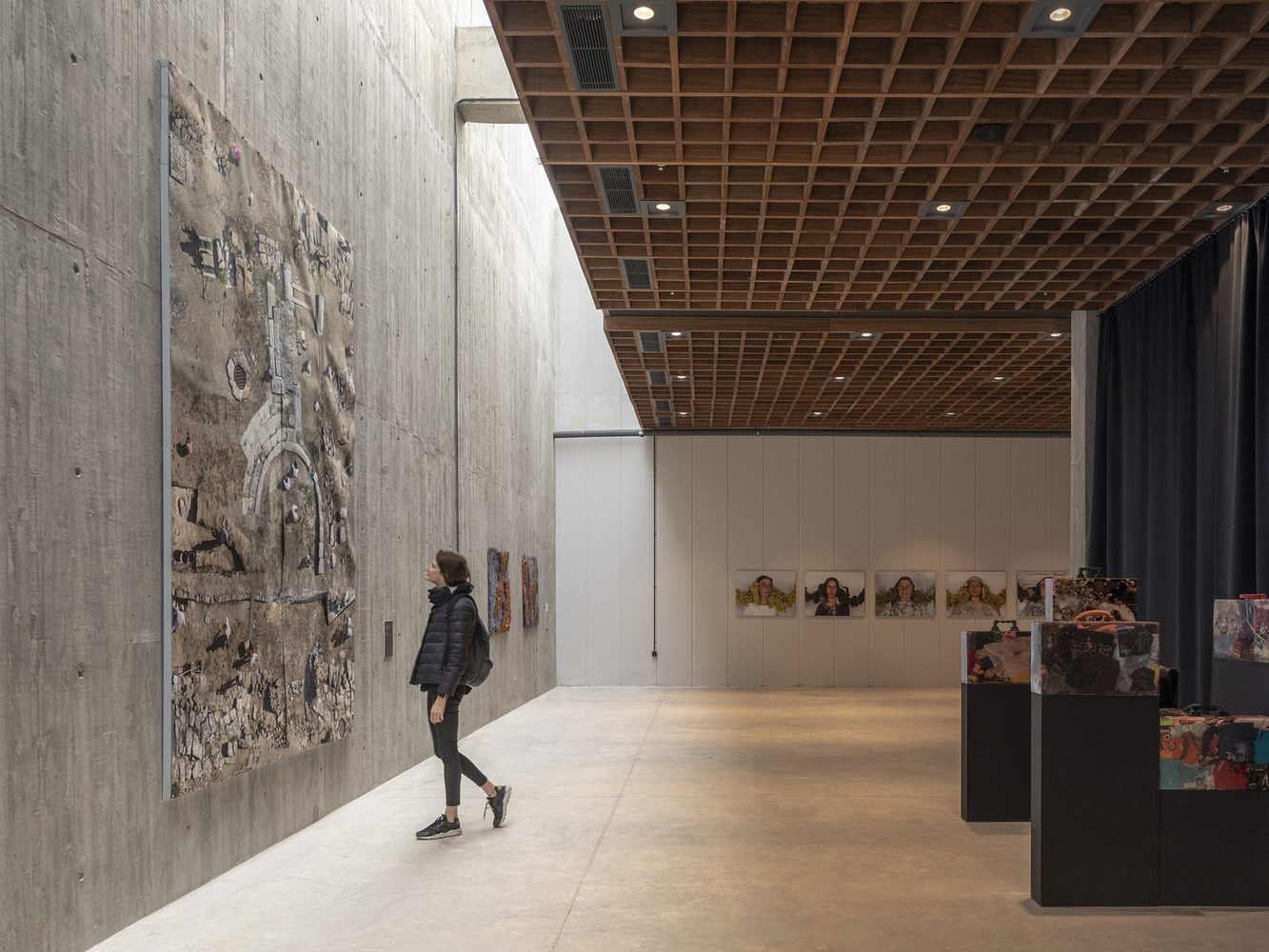
The Emotional Impact of Materials
Different materials evoke different emotions and psychological responses. Some key examples include:
- Wood: Warm, natural, and inviting; creates a sense of comfort and connection to nature.
- Metal: Sleek and industrial; conveys modernity, strength, and precision.
- Glass: Transparent and reflective; enhances openness, lightness, and fluidity.
- Stone: Earthy and solid; provides a grounding and timeless quality.
- Fabric and Textiles: Soft and tactile; introduces warmth, intimacy, and sensory richness.

Functionality and Material Selection
Beyond aesthetics, materials contribute to the functionality of a space. Considerations include:
- Durability: High-traffic areas require resilient materials like stone, tile, or engineered wood.
- Acoustics: Soft materials like carpets and upholstered furniture absorb sound, reducing noise levels.
- Thermal Comfort: Materials like wood and cork retain warmth, while marble and concrete tend to feel cool.
- Sustainability: Eco-friendly materials, such as reclaimed wood and recycled metal, reduce environmental impact.

Material Combinations and Contrast
Designers often mix materials to create contrast and enhance spatial experiences:
- Warm & Cool Balance: Combining wood with concrete or metal achieves a harmonious contrast.
- Textural Layering: Pairing smooth surfaces with rough textures adds depth and richness.
- Transparency & Opacity: Glass elements juxtaposed with solid walls create a dynamic interplay of light and shadow.

Conclusion
Materiality is a powerful tool that shapes both the function and feeling of a space. Thoughtful selection and combination of materials can transform interiors into meaningful and memorable experiences. By understanding the psychological and functional properties of materials, designers can craft environments that not only look stunning but also enhance human well-being and interaction.



